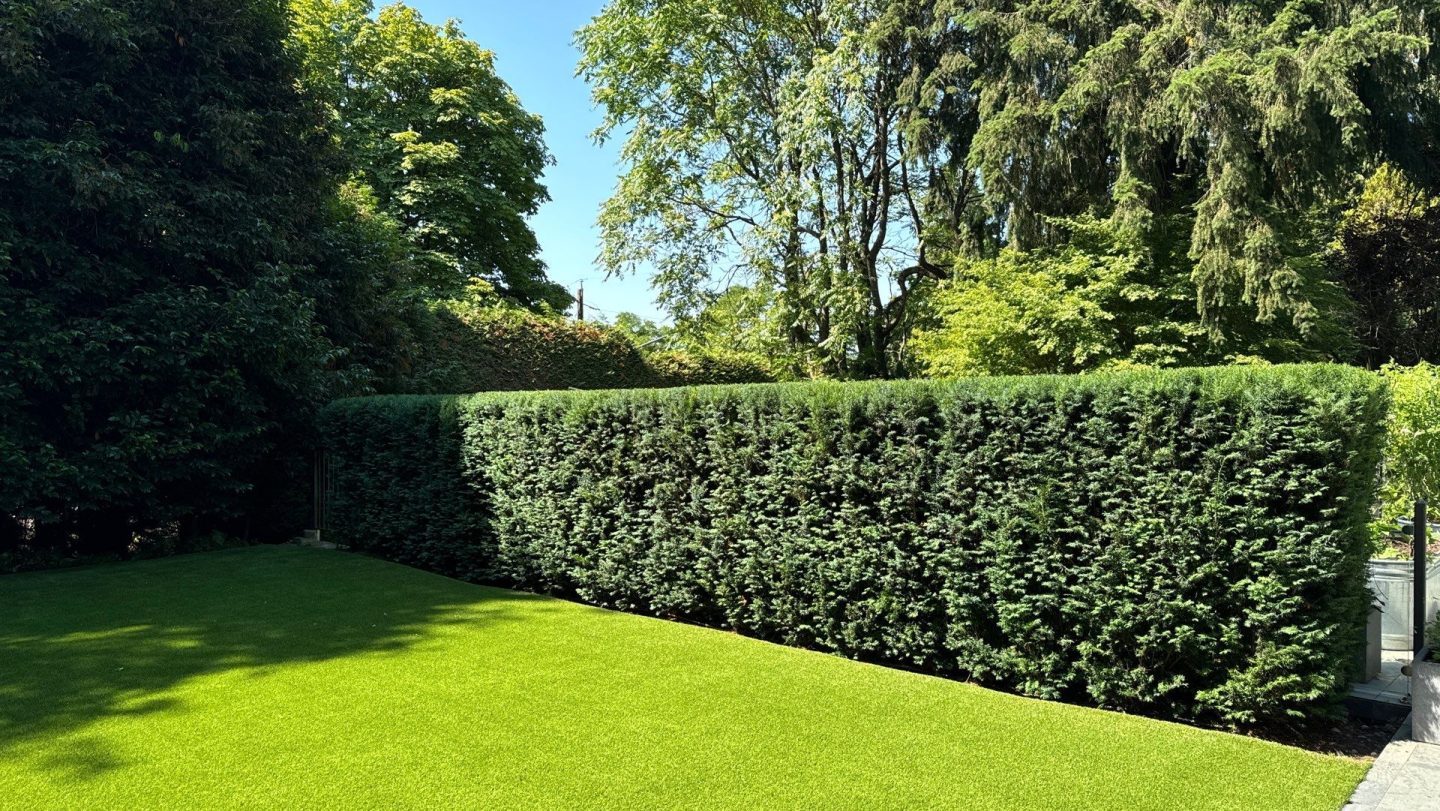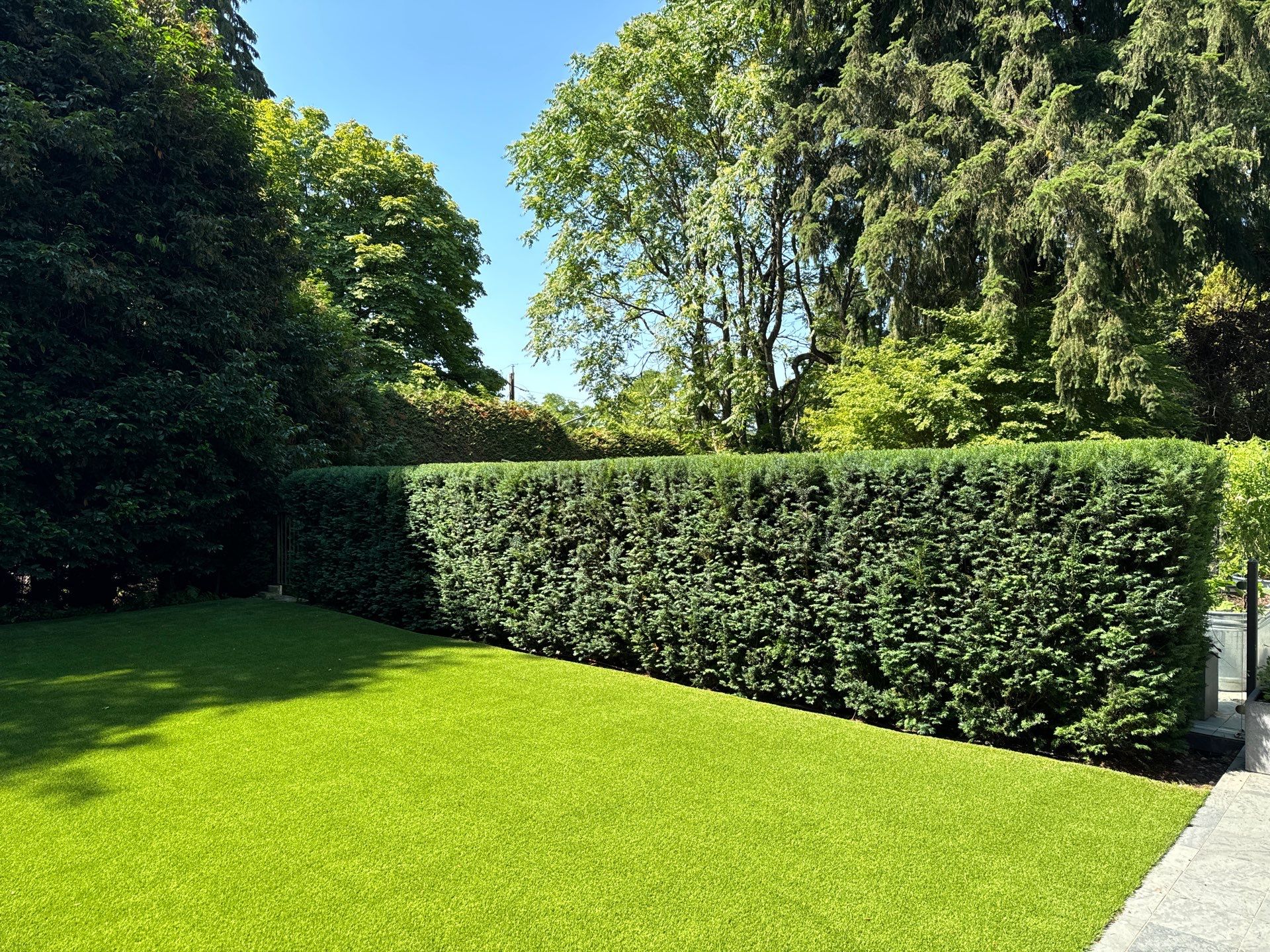Hedge maintenance not only enhances the aesthetic appeal of your property but also promotes the health and longevity of your plants. Here are some best practices, mistakes to avoid, and the ideal times for trimming.
Best Practices for Hedge Maintenance
- Use the Right Tools:
- Hedge Shears: For manual trimming and precise cuts.
- Electric or Gas Trimmers: For larger hedges and quicker trimming.
- Loppers and Pruners: For cutting thicker branches and detailed work.
- Trimming Techniques:
- Top-to-Bottom Trimming: Start from the top of the hedge and work your way down. This prevents debris from falling into trimmed areas.
- Tapered Shape: Trim the sides slightly narrower at the top than at the base. This allows sunlight to reach the lower branches, promoting even growth.
- Frequent Light Trimming: Regular light trimming encourages denser growth and maintains the desired shape. Avoid heavy cutting, which can stress the plants.
- Clean Cuts:
- Ensure your tools are sharp to make clean cuts, which heal faster and reduce the risk of disease.
Ideal Times for Trimming
- Deciduous Hedges:
- Early Spring: Before new growth starts, typically late winter or early spring, is the best time for a major trim.
- Mid-Summer: Light trimming can be done to maintain shape.
- Evergreen Hedges:
- Late Spring to Early Summer: For most evergreens, trimming after the new growth has matured is ideal.
- Fall: A light trim can be done to tidy up before winter.
- Flowering Hedges:
- After Blooming: Trim after the flowers have faded. This timing ensures you enjoy the blooms and prepare the hedge for the next season.
Common Mistakes to Avoid
- Over-Trimming:
- Excessive trimming can stress the plant and inhibit growth. Stick to regular, light trims.
- Incorrect Timing:
- Trimming at the wrong time of year can damage the hedge. Avoid heavy trimming during extreme weather conditions like intense heat or cold.
- Neglecting Shape:
- Failing to maintain the tapered shape can result in the lower branches becoming weak and sparse due to lack of sunlight.
- Ignoring Pests and Diseases:
- Regularly inspect your hedges for signs of pests or disease. Early detection and treatment are crucial for maintaining plant health.
For more landscaping tips and professional maintenance services, feel free to contact us at Swick’s Landscaping. Happy gardening!




 Contact Us
Contact Us